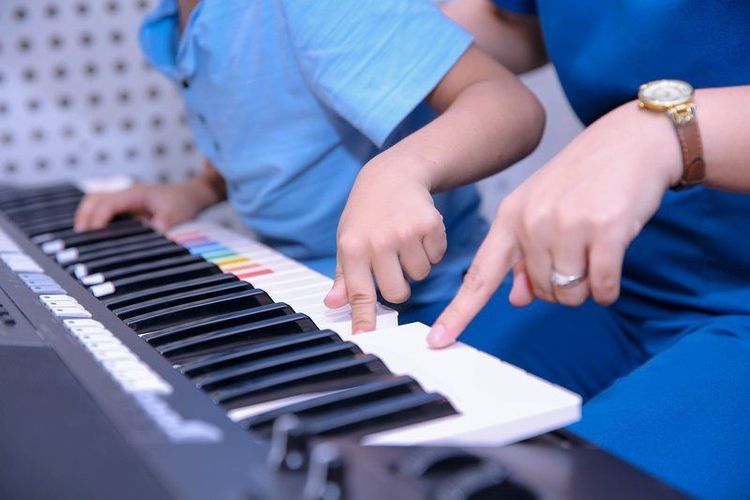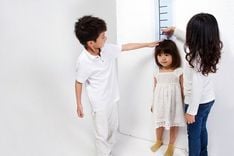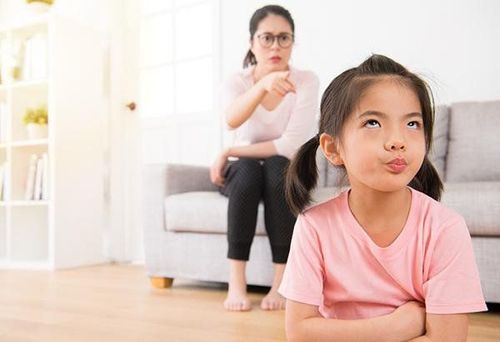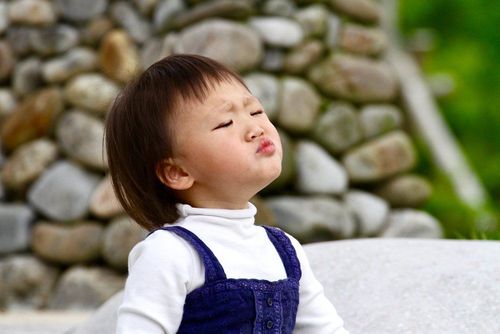This is an automatically translated article.
Posted by Master Music Therapy Technician- Unit of Regenerative Medicine Clinic and Educational Psychology - Vinmec Times City International Hospital
Music develops communication in children and is a means to express and share emotions by means of countermeasures, parallels, repetition, contrast, etc. With just one musical instrument, children can also used to interact and collaborate with others through concert and duet performances.
1. Language is the foundation for developing social skills
Lorna Wing says that all children and adults with autism have language problems. Their language may be impaired in grammar and vocabulary even if they are able to define words correctly. Their language barrier, however, is their use of language in social interactions (pragmatics) regardless of the language they use.
2. Music develops communication in children
Where language disagrees, music takes its place. Music is a way to share feelings and emotions through melodies, rhythms, sounds, harmony... So let's use music to connect and help children with autism express their desires and thoughts through nonverbal language in the following ways:
Observe to learn how to enter the child's world and be accepted by the child. You can use vocals and musical instruments to play melodies and songs that are familiar to children or simply use toys and percussion instruments to create sounds to attract children's attention. Repeat that melody, rhythm, sound many times, consecutively, continuously for the child to feel Get close so that the child can easily see and touch the instrument Suggestions for the child to participate in the activity Imitation the sound the child makes (if any) Changes in rhythm, different from the original sound, and repeats Observe the child's reactions and feelings Stop and wait for the child's reaction (see if the child wants to continue) Make the sound the child wants as soon as the child responds want to continue by any means of expression: Speak, gesture, make eye contact... Start taking turns, stop wait, play alternately, and respond to children.

The brains of children with autism work differently. Children process information about the world differently from everyone else. Music puts children with autism at ease. Listening to or creating music makes the senses all focus on doing, this helps develop cognition, promotes language. Music is also a powerful motivator to stimulate children's social interaction, attention, emotional expression, communication, and motor development.
In short, music develops communication in children and is a means to express and share emotions by means of such methods as: counter-argument, follow-up, repetition, contrast... Just one instrument, Children can also use it to interact and collaborate with others through concerts, duets, etc. Children learn nonverbal communication by connecting emotions to create blended sounds. with other people.
Please dial HOTLINE for more information or register for an appointment HERE. Download MyVinmec app to make appointments faster and to manage your bookings easily.
References:
Lorna Wing (2001). The Autism Spectrum: Aparent’s Guide to Understanding and Helping Your Child.












